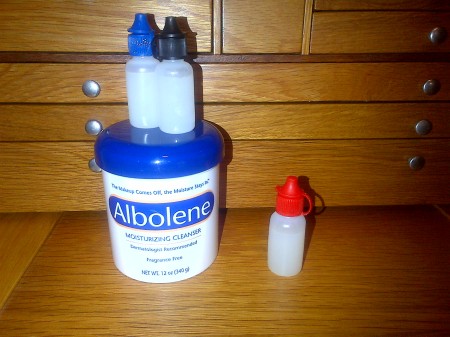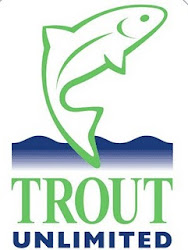It is well known that the character of Peter Pan was first created by J.M. Barrie, in the stories he told to the young Llewelyn Davies boys. In fact, the four boys, with whom Barrie had a special relationship, helped inspire the character. Barrie eventually immortalized Pan (and thus the Davies boys) in his 1904 stage play and 1911 novel, Peter Pan; or, the Boy Who Wouldn’t Grow Up.
After the deaths of the Davies boys’ parents, Barrie became their guardian. Among other things, Davies took the boys salmon fishing, which was a favorite pastime of his. Such trips included the provision of fly fishing instructors and gillies.
My daughter is a great fan of Peter Pan’s. She is very familiar with fly fishing, as well. However, at this point, she is much more interested in the sartorial possibilities of fly tying materials than she is in actual fishing flies. In the picture above (notice the Peter Pan inspired clothes), she procures some peacock for Captain Hook’s hat. Unsurprisingly, given her interest in Pan, she claims that she does not want to grow up. That’s fine by me, but I hope she grows just enough to handle a rod.







